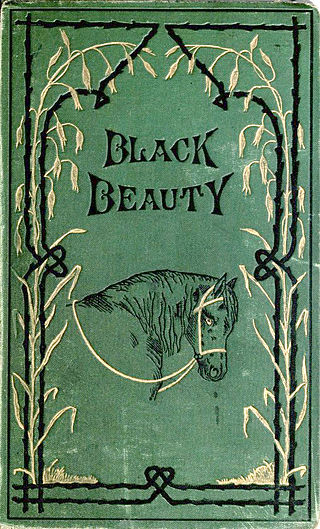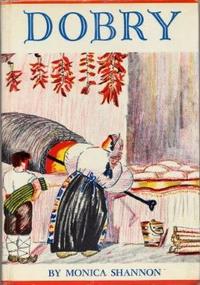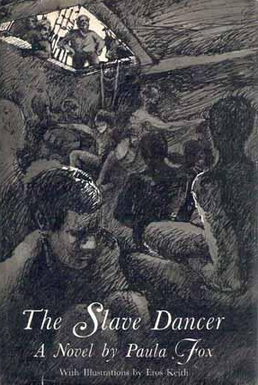
Louis Burton Lindley Jr., better known by his stage name Slim Pickens, was an American actor and rodeo performer. Starting off in the rodeo, Pickens transitioned to acting, and appeared in dozens of movies and TV shows. For much of his career, Pickens played mainly cowboy roles. He is perhaps best remembered today for his comic roles in Dr. Strangelove, Blazing Saddles, 1941, and his villainous turn in One-Eyed Jacks with Marlon Brando.

The púca, pucapwca, pooka, phouka, puck is a creature of Celtic, English, and Channel Islands folklore. Considered to be bringers both of good and bad fortune, they could help or hinder rural and marine communities. Púcaí can have dark or white fur or hair. The creatures were said to be shape-changers that could take the appearance of horses, goats, cats, dogs, and hares. They may also take a human form, which includes various animal features, such as ears or a tail.

Black Beauty: His Grooms and Companions, the Autobiography of a Horse is an 1877 novel by English author Anna Sewell. It was composed in the last years of her life, during which she was bedridden and seriously ill. The novel became an immediate best-seller, with Sewell dying just five months after its publication, but having lived long enough to see her only novel become a success. With fifty million copies sold, Black Beauty is one of the best-selling books of all time.

The Chronicles of Prydain is a pentalogy of children's high fantasy Bildungsroman novels written by American author Lloyd Alexander and published by Henry Holt and Company. The series includes: The Book of Three (1964), The Black Cauldron (1965), The Castle of Llyr (1966), Taran Wanderer (1967), and The High King (1968). The Black Cauldron earned a 1966 Newbery Honor, and The High King won the 1969 Newbery Medal.

Comanche Moon (1997) is a western novel by American writer Larry McMurtry. It is the fourth and final book he published in the Lonesome Dove series. In terms of chronology, it is the second installment of the narrative. A Comanche Moon in Texas history was a full moon in autumn which permitted Comanche warriors to ride by night journeying southward to raid Mexico for livestock and captives.
The National Finals Rodeo (NFR) is the premier rodeo event by the Professional Rodeo Cowboys Association (PRCA). The NFR showcases the talents of the PRCA's top 15 money winners in the season for each event.

Carry On, Mr. Bowditch is a novel by Jean Lee Latham that was awarded the Newbery Medal in 1956.

Dobry is a book by Monica Shannon first published in 1934 that won the Newbery Medal for most distinguished contribution to American literature for children in 1935. Bulgarian-born sculptor Atanas Katchamakoff illustrated the book.

Cayuse is an archaic term used in the American West, originally referring to a small landrace horse, often noted for unruly temperament. The name came from the horses of the Cayuse people of the Pacific Northwest. The term came to be used in a derogatory fashion to refer to any small, low-quality horse, particularly if owned by indigenous people or a feral horse.
Smoky or Smokey may refer to:

The Slave Dancer is a historical novel written by Paula Fox and published in 1973. It tells the story of a boy called Jessie Bollier who witnessed first-hand the savagery of the Atlantic slave trade. The book not only includes a historical account, but it also touches upon the emotional conflicts felt by those involved in transporting the slaves from Africa to other parts of the world. It tells the story of a thirteen-year-old boy, Jessie Bollier, who is put in a position which allows him to see the African slave trade in person. Jessie is captured from his New Orleans home and brought to an American ship. There he is forced to play the fife in order to keep the other slaves dancing, and thus strong when they arrive at their destination. The book received the Newbery Medal in 1974.

William Roderick James was a Canadian-American artist and writer of the American West. He is known for writing Smoky the Cowhorse, for which he won the 1927 Newbery Medal, and numerous "cowboy" stories for adults and children. His artwork, which predominantly involved cowboy and rodeo scenes, followed "in the tradition of Charles Russell", and much of it was used to illustrate his books. In 1992, he was inducted into the Hall of Great Westerners of the National Cowboy & Western Heritage Museum.

Tex is a novel by S. E. Hinton, published in 1979. The book takes place in the same universe as Hinton's first book The Outsiders, but in a rural town called Garyville, Oklahoma, a fictional suburb of Tulsa.

The Thief is a young adult fantasy novel by Megan Whalen Turner published in 1996 by Greenwillow Books, an imprint of William Morrow. It is the first in the Queen's Thief series, the sixth book of which was published in 2020.

A Solitary Blue (1983) is a novel by Cynthia Voigt. It was a Newbery Honor book in 1984. It is the third book of the Tillerman Cycle, set concurrently with Dicey's Song and Come a Stranger. It revolves around Jeff Greene, a boy who struggles after being abandoned by his mother at age 7.

Smoky is a 1946 American Western film directed by Louis King and starring Fred MacMurray, Anne Baxter and Bruce Cabot. The film was produced and distributed by 20th Century Fox. It is the second of three film adaptations of the 1926 novel Smoky the Cowhorse by Will James; others were made in 1933 and 1966.

Smoky is a 1966 American Western film, directed by George Sherman and starring Fess Parker, Diana Hyland, Katy Jurado and Hoyt Axton. The third of three film adaptations of the 1926 novel Smoky the Cowhorse by Will James, it utilizes the screenplay from the 1946 film.
Midnight (1916–1936) was a bucking horse who in 1979 was inducted into the ProRodeo Hall of Fame.

Cry Macho is a 1975 American novel by N. Richard Nash published in the United States by the Delacorte Press. The story was originally written as a screenplay under the title Macho, but was later adapted into a novel after Nash failed to sell the script. The book follows Mike Milo, a Texas rodeo star tasked with kidnapping an eleven-year-old boy in Mexico named Rafo. The story centers around the themes of loss, love, and redemption, all surrounding Mike's journey alongside Rafo.
















